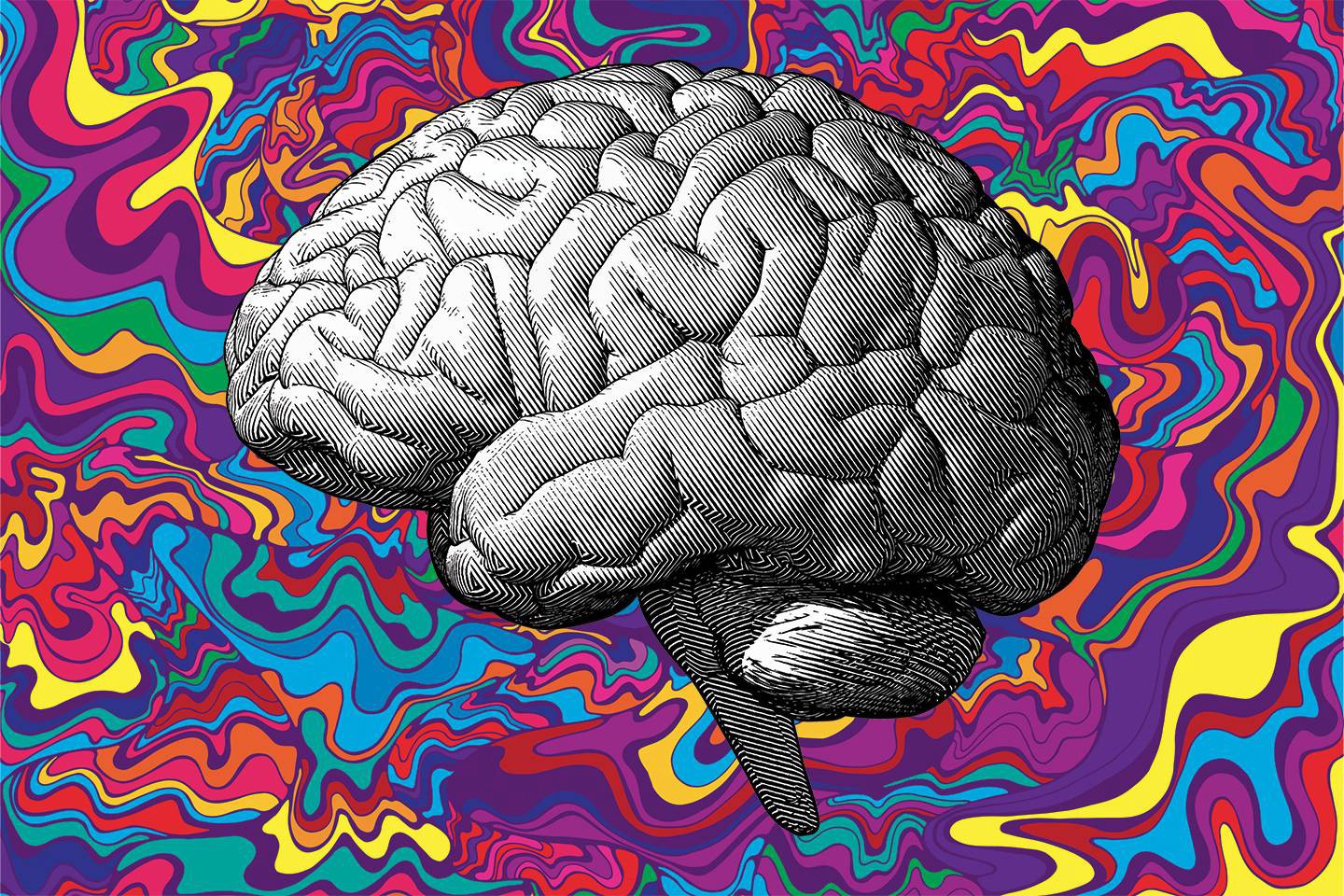In a new experiment conducted by Massachusetts Institute of Technology (MIT), scientists found a way to plant ideas in people’s dreams towards particular themes.
The tendency of science to build reality out of unreal things is impeccable. A new gadget has allowed Massachusetts Institute of Technology (MIT) scientists to plant ideas in people’s dreams. Doesn’t it sound like a Black Mirror episode? Well yes, but it’s true. Scientists in the US have found a way to plant ideas in people’s heads as they sleep to make them have bizarre, abstract dreams.
Experts at the Massachusetts Institute of Technology (MIT) have figured out how to manipulate your dreams by combining an app with a sleep-tracking device called Dormio. They are using a so-called targeted dream incubation (TDI) technique to guide people’s dreams toward particular themes by repeating information during the earliest stage of sleep. This stage is known as hypnagogia and is generally associated with dreams about psychedelic phenomena.
There is a rare dream state known as lucid dreaming state in which a sleeper is aware that a dream is taking place, and dreamers can use that awareness to consciously shape aspects of their dreams. According to the new study, TDI can take advantage of this early sleep stage, to shape people’s dreams, though not quite controlling the dreams outrightly.
In trials, the scientists were able to influence the dreams of most study participants to dream about a tree during hypnagogia. Researchers also used the ‘Dormio’ system to induce a dream about the chocolate fountain from the classic 1971 film ‘Willy Wonka and the Chocolate Factory’.
Hypnagogia (the earliest sleep stage) is similar to the rapid eye movement (REM) stage, in terms of brainwaves and experience. However, people can still hear audio during hypnagogia while they dream, which in turns help to influence the content of the dreams that are targeted. This is the reason why the sound of music playing or people talking can often play a part in our dreams during the lightest sleep stages.
Lead researcher Haar Horowitz said, “In the early stage of sleep the mind is trippy, loose, flexible, and divergent.” He further added, “It’s like turning the notch up high on mind-wandering and making it immersive – being pushed and pulled with new sensations like your body floating and falling, with your thoughts quickly snapping in and out of control.”
What was MIT’s experiment?
In the experiment conducted by MIT, the scientists in the audio tapes decided to consist sentences like- ’remember to think of a tree’ and ‘remember to observe your thoughts’. Simultaneously, the scientists were also repeatedly waking up sleepers as they napped during the day, to allow participants to experience different depths of sleep. The participants were woken up with the words ‘you’re falling asleep’ and were asked to report what was going through their mind, with verbal responses recorded.
The Dormio was used to monitor the volunteer’s heart rate and electrical changes in the skin to monitor when they entered “hypnagogia”. This loop of events was repeated for 45 minutes, enabling the collection of multiple hypnagogic. This experiment later resulted that around 67 percent of dream reports from sleeping participants mentioned dreams involving a tree.
What’s the point?
MIT designed and developed their sleep-tracking device that can alter dreams by tracking hypnagogia. This technique is basically developed in order to make it possible for the user to decide what they want to dream about. They can either dream about the creative problems they are working on to find a solution to an experience they want to reflect, or else can also address an emotional issue.
To make use of the technique, the users can record themselves speaking an audio prompt using the app, which gets replayed during multiple stages of consciousness including wake, sleep onset, and sleep. These audio prompts can consist of anything the user decides they want to dream.
What happens when you sleep?
Though some dreaming takes place during hypnagogia, most dreaming happens during REM sleep. According to the National Institutes of Health (NIH), before the brain achieves REM sleep, it passes through three stages of non-REM sleep. First is the transition from wakefulness into sleep, when hypnagogia takes place. This is followed by light sleep, and then, finally, deep sleep. Throughout the sleep, the sleeper cycles through REM and non-REM sleep several times.
However, during the experiment, it was found that by interrupting hypnagogia, sleepers can be provided with an alternate route to shape their dream content.

